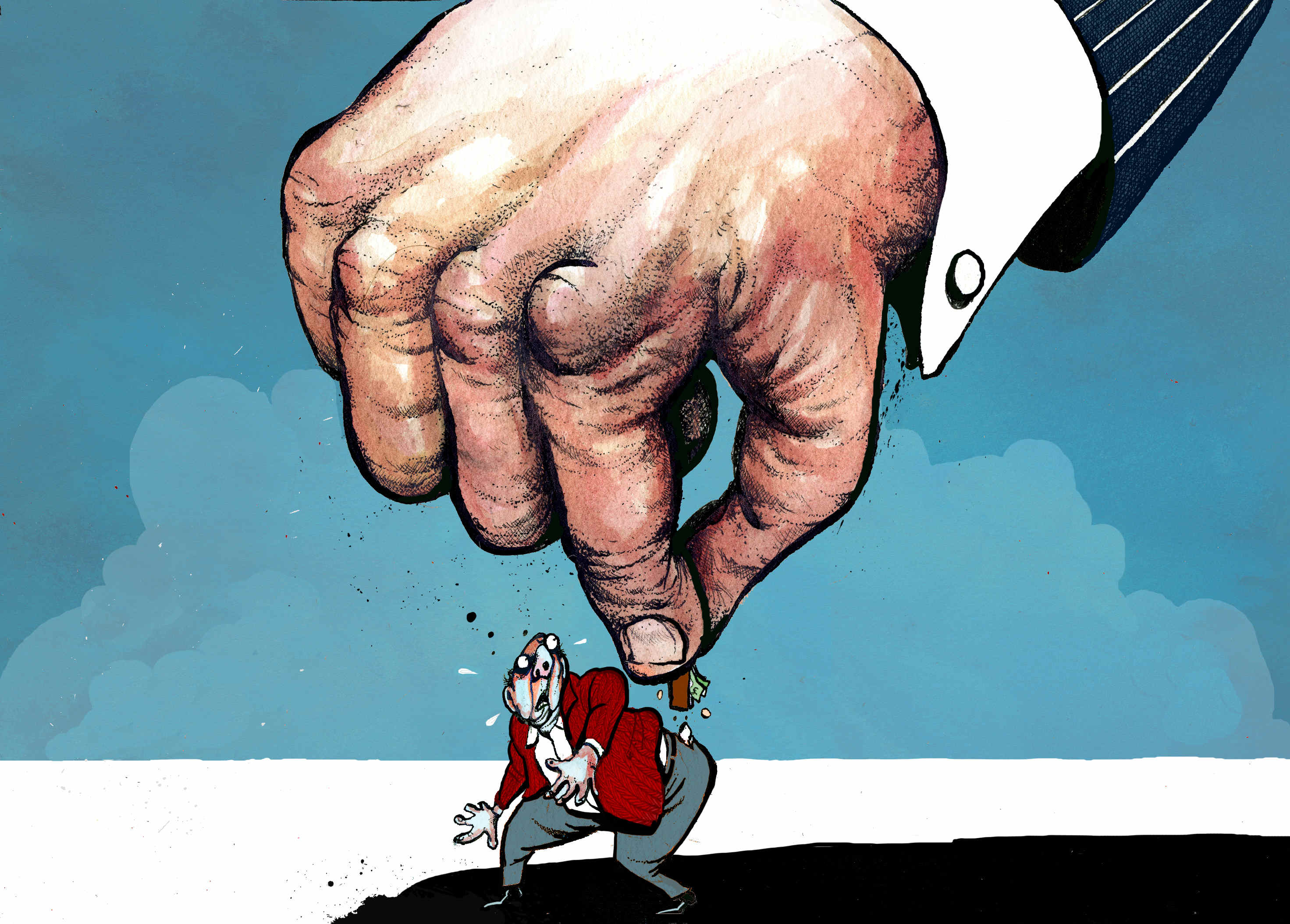Today’s labour market figures ought to bring good news: they show that growth on earnings has moderated to 5.4 per cent, the lowest level in two years. That should ease fears of inflation – it is growth in pay which has most concerned the Bank of England in recent months – and pave the way for further cuts in interest rates. The trouble is, though, that the Chancellor, Rachel Reeves, has undermined this by granting pay rises of 5.5 per cent to several million public sector workers – threatening to reignite wage growth again.
The public sector has become an inflationary engine chugging away in one corner of the economy
Indeed, there is little in today’s figures to show that public sector workers were getting a raw deal – a narrative spun by public sector unions. Over the past 12 months public sector pay growth, at 6 per cent, has outstripped that in the private sector, at 5.2 per cent. Moreover, the figures for the private sector were held aloft by the already well-paid banking and finance sector. Construction workers, by contrast, saw pay rises of only 3.5 per cent.
Overall, across the economy, real-terms growth in regular pay stood at 2.4 per cent, with total pay (including bonuses) growing by 1.6 per cent. Were this matched by productivity growth this would not be a problem. Yet productivity remains on the floor – and in the public services is no higher than it was when Tony Blair became Prime Minister 27 years ago. That is an astonishing record. Without productivity growth, we cannot have sustained growth in real pay, or not across the whole economy at any rate – inflation will always act to snuff out unwarranted pay rises.
The unions won’t see it this way, of course, but the public sector has become an inflationary engine chugging away in one corner of the economy. If inflation has returned to a moderate level it is only because there is a private sector engine working in the opposite direction. Reeves has made matters worse by failing to link public sector pay rises to reformed working practices, which will further encourage unions to think they can continue to push for higher pay without giving anything in return.
There is further bad news for economic growth in that the economic inactivity rate for people aged 16-64 has continued to drift upwards, to 22.2 per cent. This was a figure which steadily fell between 2010 and the eve of the pandemic, but has since reversed. While official unemployment figures remain fairly low by the standards of past decades, it is hard to see rapid economic growth occurring in an economy in which increasing numbers of people seem to be opting out of the workforce, either for health related or other reasons. The Starmer government’s promise to focus on growth, growth, growth is beginning to look like a very large pie in the sky, and a half-baked one at that.








Comments